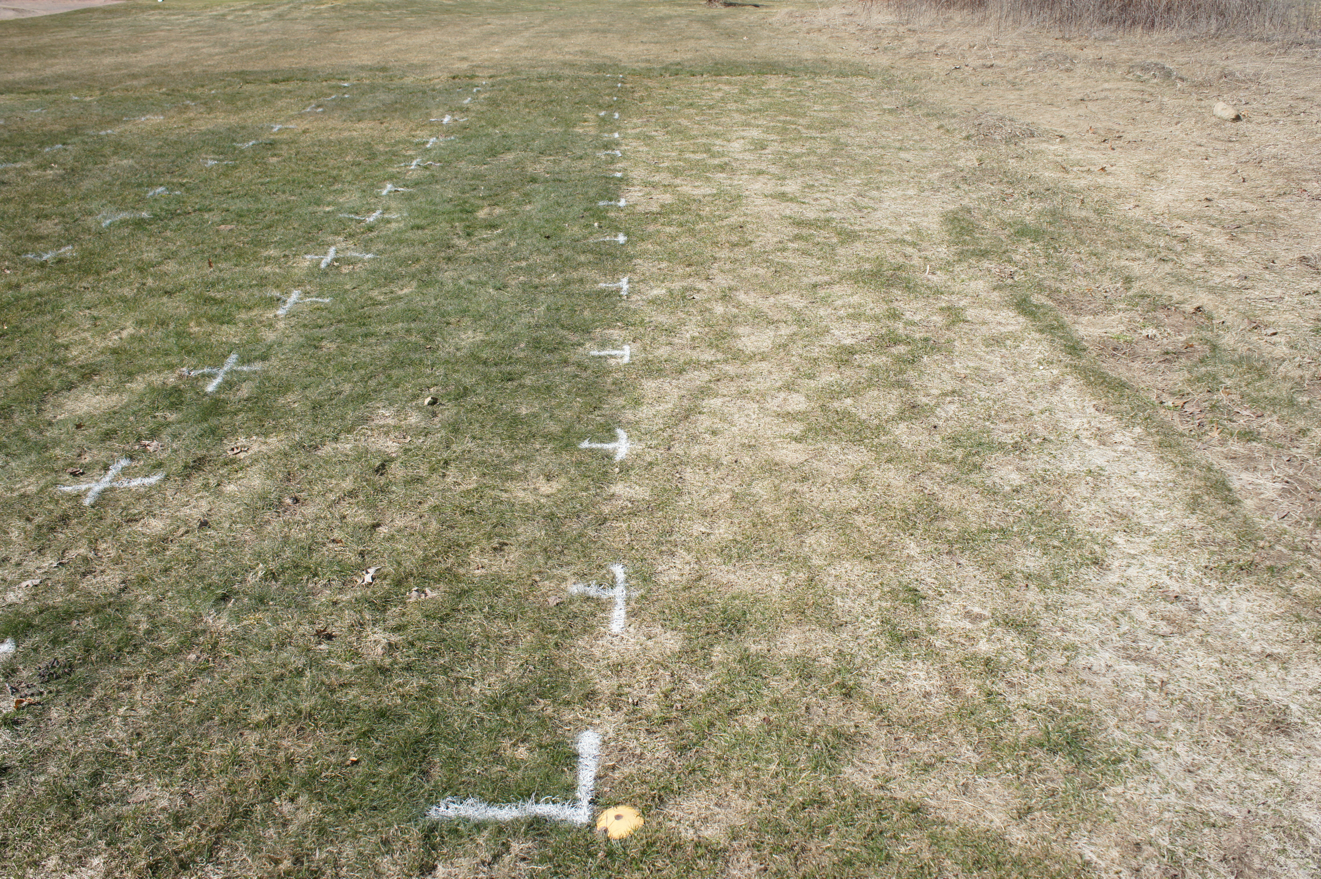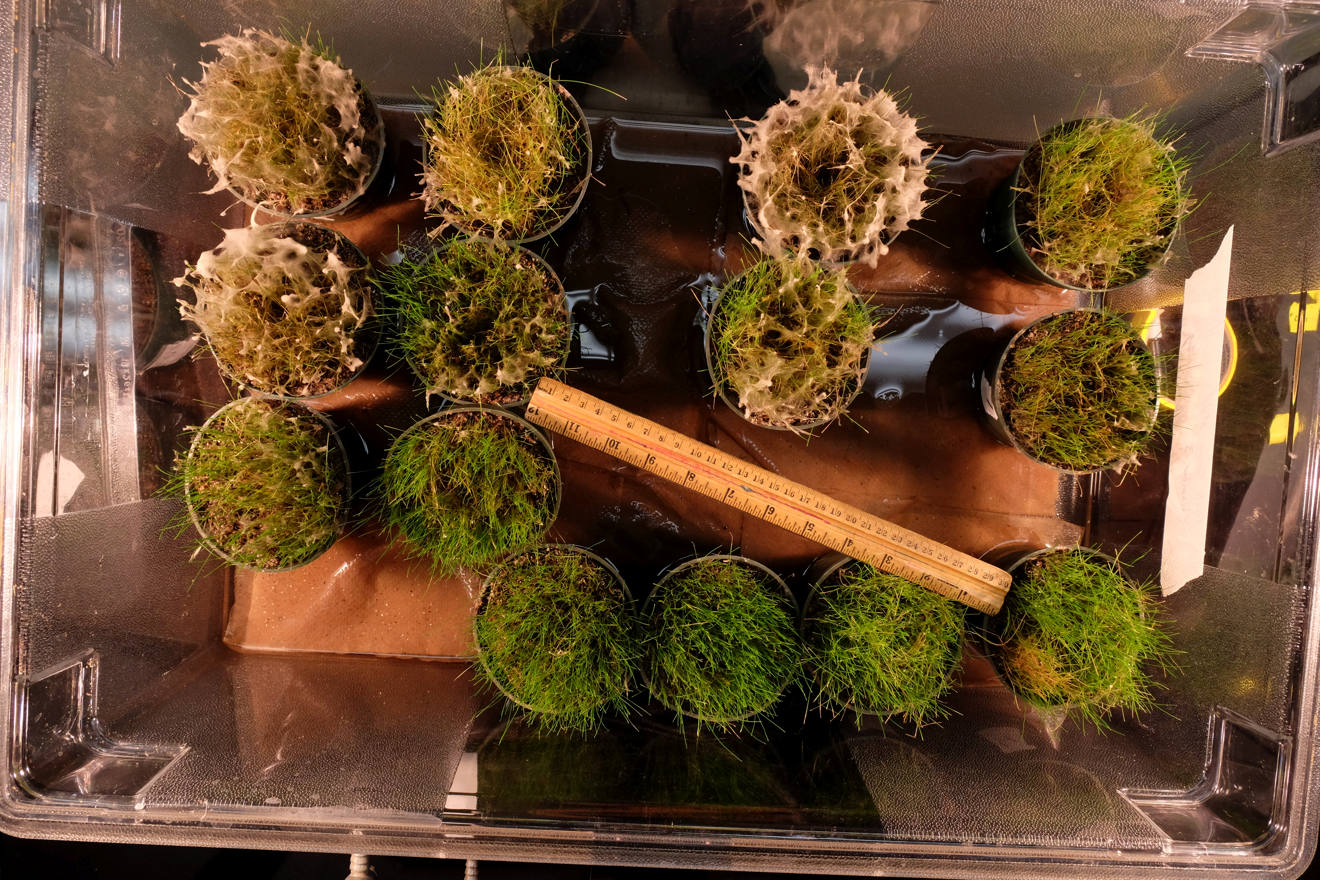By Paul Koch, University of Wisconsin – Madison
Fine fescues are thought to be more disease resistant than other turf species, and in general that’s true (Figure 1). However, a closer look reveals that not all fine fescue species are equally resistant to all turf diseases. Even more confusing, those fine fescue species that are more resistant to certain diseases are often more susceptible to other diseases. To try and straighten things out, let’s look at which fine fescue species perform best against summer patch and snow molds.
There are dozens of diseases that can affect fine fescues, but in general the most important are summer patch, snow molds, red thread, and dollar spot. Summer patch and snow molds are probably the most damaging fine fescue diseases in the northeast and midwestern U.S., respectively. Resistance to summer patch is generally high in Chewings fescue cultivars and low among hard fescue cultivars, though differences exist between specific cultivars. On the other hand, resistance to snow mold is generally high in hard fescues and low in Chewings (Figure 2), though again differences exist between individual cultivars. The resistance of other fine fescue species generally falls in between Chewings and hard for both diseases.
This information is important for selecting the right fine fescue species mixture for your area. For example, it would be a bad idea to seed mostly Chewings fescues at a site in northern Wisconsin that experiences long winters and high snow mold pressure. In New Jersey, where summer patch is a serious disease, going with mostly hard fescues will result in continued turf loss due to summer patch infection. Knowing which diseases are most prevalent in your area, and the fine fescue species most resistant to them, can help you choose a species mixture optimally suited for success.

